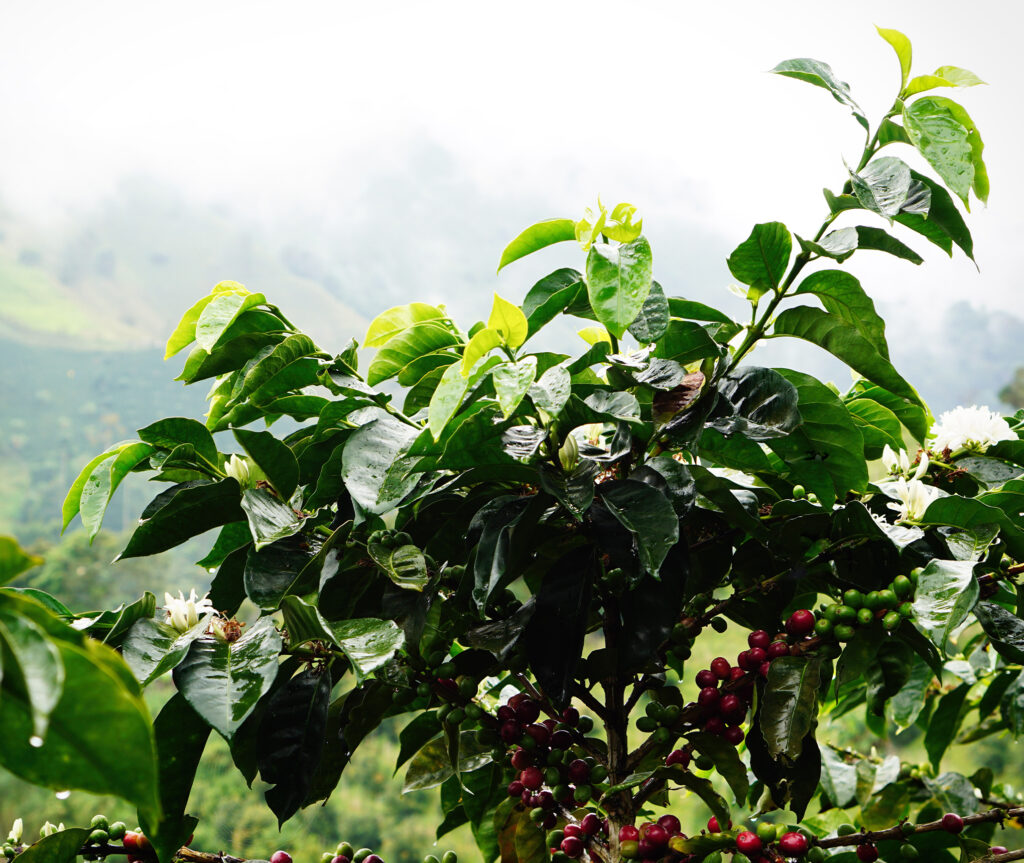With numerous microclimates, climbing altitudes, and biodiverse ecosystems - Colombia produces high quantities of excellent coffee.
Colombia is the third largest coffee-producing country in the world, and thanks to its vast array of unique microclimate, are able to have harvests throughout the year.
Commercial coffee cultivation began in the mid-1830s and spread so rapidly that throughout the twentieth century coffee already became the country’s leading export. A mountainous topography and many tropical micro-climates contribute greatly to Colombia’s reputation for ideal growing conditions, which – in turn – have helped Colombia establish itself as a recognisable origin around the world.
View Coffees-
Place In World For Coffee Exporter3rd
-
Sacks (60kg) exported annuallyApprox. 13,672,000
-
Percentage of world coffee market10%
-
Other major agricultural exportsBananas, Sugar
-
Estimated number of families relying on coffee for livelihood?More than 2 million
-
Typical varieties producedTypica, Bourbon, Tabi, Caturra, Colombia, Maragogype, Castillo (among others)
-
Key coffee regionsNariño, Cauca, Meta, Huila, Tolima, Quindio, Caldas, Risaralda, Antioquia, Valle, Cundinamarca, Boyacá, Santander & Norte de Santander
-
Typical harvest timesMarch-June; September-December
-
Typically availableFrom July/August & January/February











